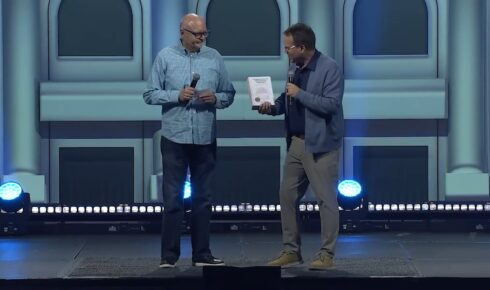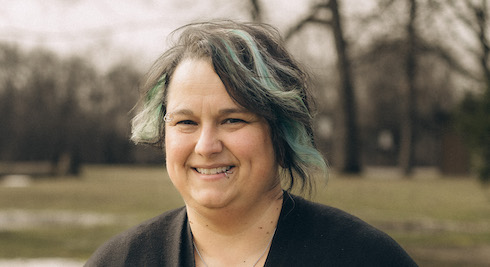Five weeks in Denver—three in 1921 and two the following year! Glorious weeks of divine visitation! Upon arriving in the Mile High City, I beamed as I beheld banners stretched across several streets and posters almost everywhere advertising the meetings. Because a labor convention had previously engaged the Municipal Auditorium, it was necessary to hold the first week of the revival in cooperating churches.
After the first divine healing service Wednesday night, the newspapers headlined the miracles: “The Deaf Hear! The Blind See! The Lame Walk!” Thereafter, the police had to be called to handle the crowds, because greater throngs assembled on the streets outside the church than were able to enter the building.
The Municipal Auditorium accommodated seating for 12,000 people and afforded standing room for 3,000 more. The building proved too small, and many thousands had to be turned away.
The police chief was compelled to assign every available officer to manage the multitudes. And the numbers swelled with each ensuing service. Toward the end of the campaign, the police sergeant in charge of the crowds told newspaperman Alva A. Swain: “We turn thousands away from every meeting, and jam between 15,000 and 16,000 persons into the building at every meeting. They are coming here in carloads from almost every town in the state. She [Aimee Semple McPherson] has certainly captured this town, and no man, not even a president, could fill this auditorium two and three times a day, for three weeks, like she has done.”
Not only was this a mighty revival in the healing of sin-sick souls, but also in the healing of disease-ridden bodies. I wondered whether there had ever been, since the days of the Master, such an assemblage of sick, blind and lame gathered together in one place. As the campaign continued, requests for prayer cards multiplied. At the last two services where these were distributed, some 20,000 were registered!
Special sections were arranged for the sick and invalids who were able to walk and sit up. Other sections accommodated the bed-ridden and those in wheelchairs. Constantly it was necessary for me to emphasize that I am not a healer—even though the press on occasion referred to me as such—that I am but an office girl introducing sufferers to the Great Physician.
The 1921 campaign had lasted three weeks. I could spare only two in the following year, but the five weeks of those first two revivals in the Mile High City, together with happy experiences on several subsequent visits over almost two decades, have enshrined Denver as a most treasured and honored picture on my memory’s wall.
To recount in detail the glories of the second Denver revival would sound very much like a repetition of the events already described. Jesus Christ did not change between the two campaigns. What He did in 1921, He did in 1922—as He will do in any generation when men respond to His Word with faith.
Adapted from Aimee: The Life Story of Aimee Semple McPherson by Aimee Semple McPherson, copyright 1979. Published by the International Church of the Foursquare Gospel.


